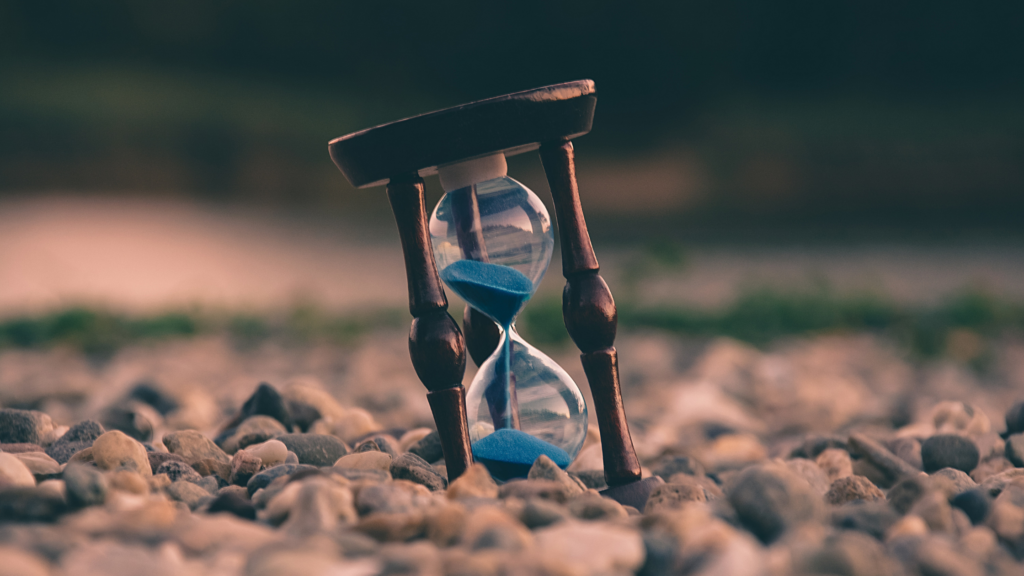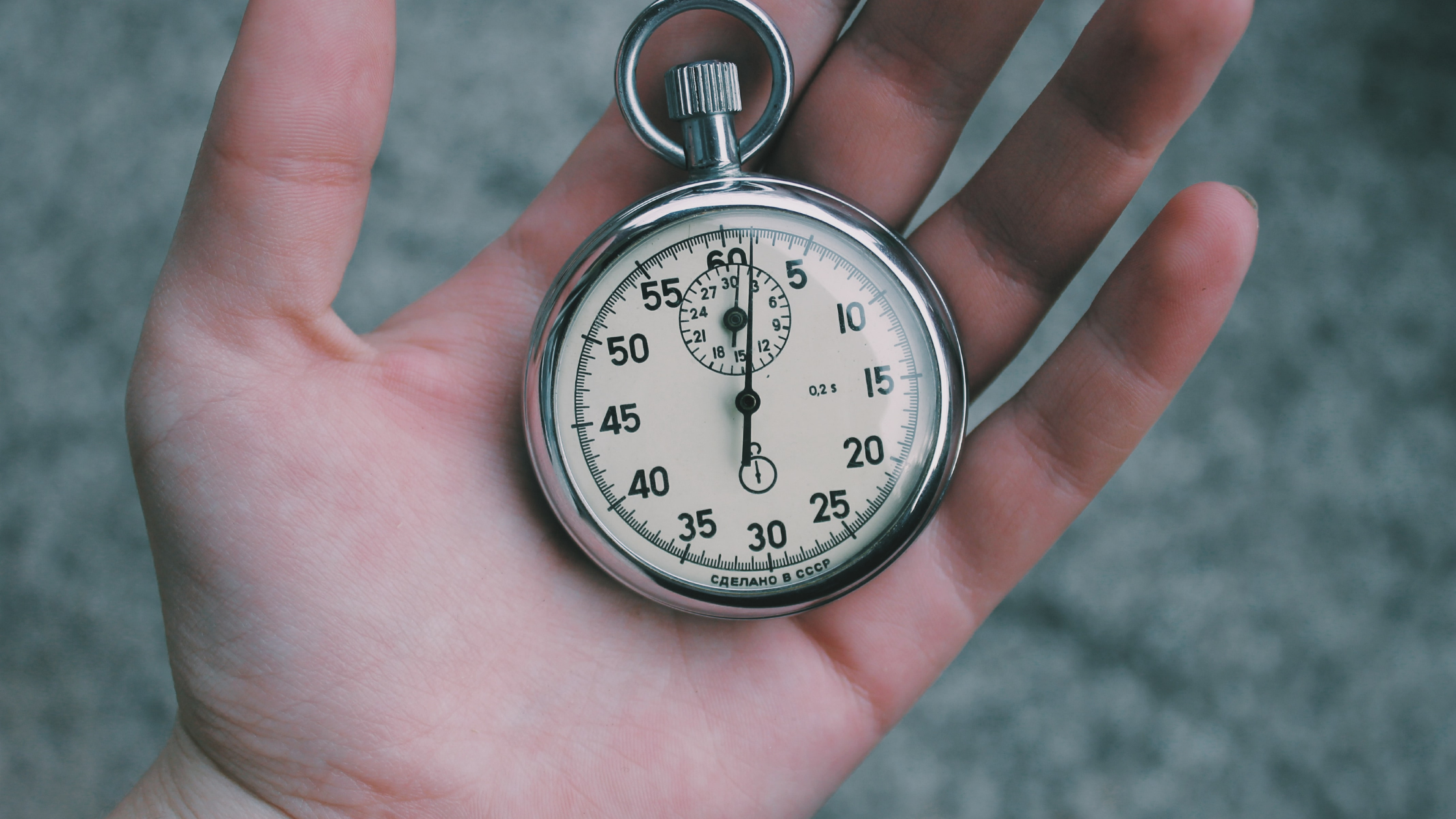I will admit, I have a bit of a complicated relationship with the idea of “productivity” right now. Part of that is my growing awareness that I might have an outsized expectation for how much I can accomplish in a given period of time. Another part might be the state of the world. With COVID-19, we all have to wait to move forward with big plans. I’m finding things to fill my time, but not feeling like I’m moving toward big life goals. But when I make up my mind to get something done, I often use timers for productivity.
How to use timers for productivity
Functionally, there are a lot of ways to use timers for productivity.
Get yourself over the “starting hump”
This happens to me a lot. There’s something I want to do. I have everything I need to do it. I just can’t quite talk myself into doing it. This realization usually comes when I’m about a half hour into a social media scroll. The best thing I can do for myself in that moment is to set a timer for a short period of time (usually 5, 10, or 20 minutes) and promise myself to work on the thing for that amount of time. Usually, once I get started, I’ve busted myself out of my mental rut and can keep working even after the timer ends.
Give yourself a little win
I…have a long list of things that I’d like to do. It sits at 65-80 distinct projects at any given time (I know because I keep track of it with my personal scrum). Sometimes, all that ambition leaves me overwhelmed. In that scenario, I use a timer to give myself a little win. Catching up on all my German flashcards could take hours, but if I just do 20 minutes per day, I’ll chip away at it in no time. So I set a timer!
Put some structure in your day
This is how I’m surviving NaNoWriMo. I’m using a modified Pomodoro timer to write every day. I set a sequence of timers: 30 min, 10 min, 30 min, 10 min, and 30 min. The 30-minute chunks are work sessions and the 10-minute chunks are breaks. I’m actually writing this during one of my 30-minute chunks! All together, it carves out about 2 hours of my day. In that time, I can write my NaNoWriMo word quota for the day. Or write and schedule a whole blog post. Using the timers is a way to commit that time to whatever project I’m working on.
Learn how long it takes to do things
I’m currently using timers to build a new housework routine. I have a loooong list of tasks in an app called Tody that holds all the tasks and how long until I want to do them again. But, like I said, that list is long. And intimidating. And easy to put off until later. So I’ve started timing myself when I clean, to prove to my brain that it won’t take hours if I stay on top of the chore list.

I do not use sand timers. Largely because I’d get distracted by them.
Types of timers
I’ve played around with a bunch of different types of timers, especially since I’ve been here in Germany and have a lot of time to structure for myself. The one thing I haven’t tried is a physical timer. Mostly because I haven’t taken it upon myself to buy one, haha. But here are a bunch of different types of timers you can use for productivity!
Phone Timer
These days, we all have a timer on the phone in our pocket. I use this one a LOT because it’s incredibly convenient. The downsides are that I often can’t help myself from getting sucked into the social media scroll when a timer ends. Also, on the iPhone, you can only set one timer at a time and can’t loop or chain them. Boo!
Physical Timers
From the classic egg timer to this cool one that helps you visualize how much time is left , a physical timer has some advantages over a phone timer. For one thing, you’re less likely to end up scrolling through your phone after a timer. But if you’re puttering around your house, you might need to move it a bunch. Also, when you’re sharing a space with someone else who is working, like me, a timer going off intermittently could be less than desirable.
Apps
With NaNoWriMo, I started looking at desktop apps to chain my 30min/10min timers into a solid 2-hour focus set. I’ve been using WatchMe for about a week and it’s been great. I also used TomatoTimer a bit, but it’s a webpage and doesn’t save your settings. It looks like TimeandDate.com has a pretty good programmable timer, too.
I also tried a couple apps that I didn’t like. MultiTimer was good until it wasn’t – the user interface is really complicated and you can’t rearrange the timers. And focus booster was listed as having a free option, but it doesn’t. And I’m not about to pay for a timer app, sorry.



